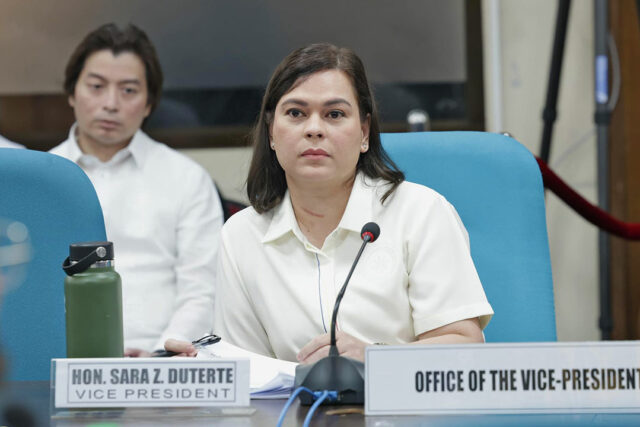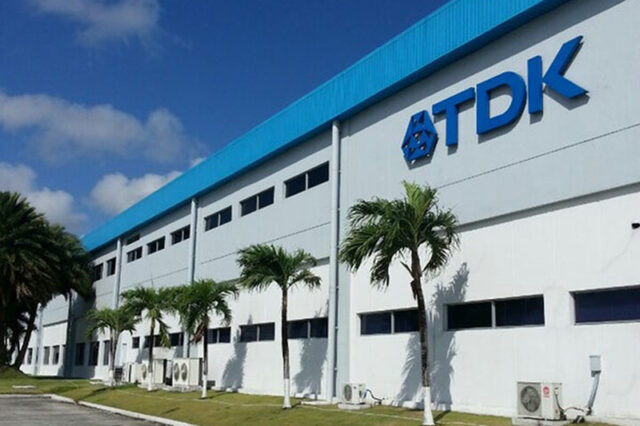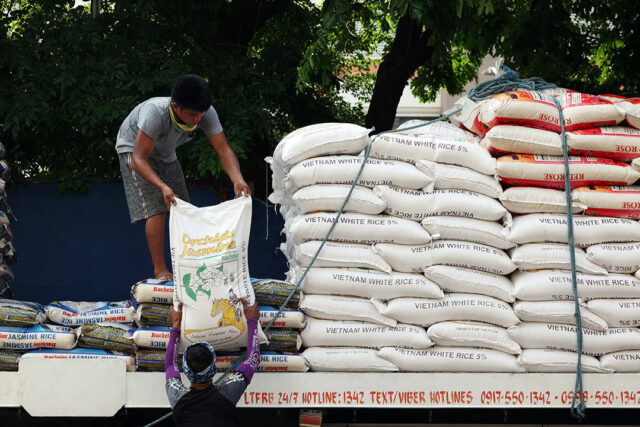Laguna Lake rehab delisted from PPP project pipeline
THE GOVERNMENT has removed six projects from its public-private partnership (PPP) pipeline, led by the P763.54-billion Laguna Lake Rehabilitation and Development Project.
Also delisted by the PPP were local unsolicited projects such as the P20-million Butuan City Digitalized Traffic Enforcement Project, and an P800-million Comprehensive Provincial Waste Management project in Quirino province.
Unsolicited national projects also delisted were the P8.5-billion Tumauini River Multipurpose Project, the P160-million Food and Drug License and Clearance System, and the P7.21-billion combined 17-MW Upper Sampaloc and 8-MW Lower Sampaloc Hydroelectric Power Project.
Reasons for delisting included rejection by the Implementing Agencies (IA) upon evaluation, changes in mode of implementation, and delisting by the NEDA-Investment Coordination Committee during the approval phase.
Meanwhile, seven projects were added to the PPP pipeline. Local unsolicited projects included the P200-million Operation & Maintenance Including Supply and Installation of Laboratory Equipment and Laboratory Information System in Antipolo City and the P2.1-billion Cavite Integrated Waste Management Services project.
The five national projects added were the Floating Solar Power Generation Facility at Pantabangan Reservoir, the Jalaur River Multi-purpose project-Phase 2, the Irrigation Canals Integrating Renewable Energy Systems project, the P29.39-billion 3,000 TPD Manila Waste-to-Energy Facility Project and the P9.6-billion RENEWSTABLE Green Hydrogen Power Plant in Marinduque.
The PPP said other changes to the list included the upgrade, expansion, operations, and maintenance contract for the Laguindingan International Airport Project, which has an estimated cost of P12.75 billion.
This was removed from the pipeline database following its award and is now reflected in the PPPC database of projects under implementation, it said.
The P360-million Santiago City Hemodialysis Center Project was also removed from the pipeline database following its award. — Aubrey Rose A. Inosante












